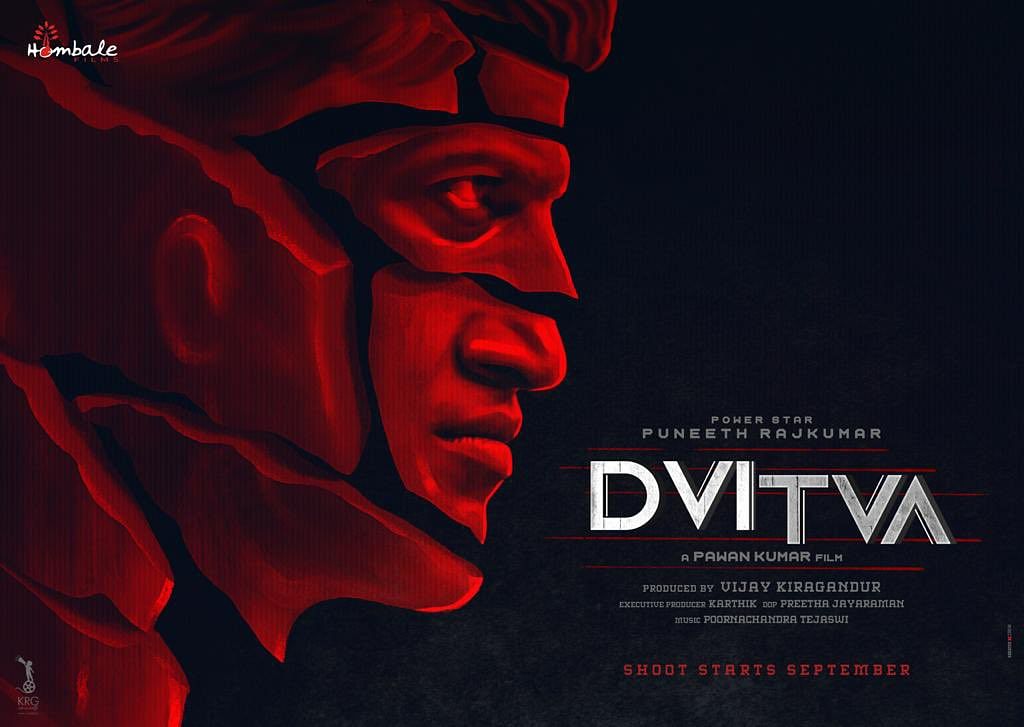
A controversy raged earlier this week over the poster of ‘Dvitva,’ a film that is bringing together three big names: actor Puneeth Rajkumar, producers Hombale Films, and director Pawan Kumar.
The furore threw the spotlight on the use of stock images, and the question of originality.
Soon after the poster was released, it was accused of plagiarism, and designer Adarsh Mohandas and Pawan had to explain to fans how it all came about.
Pawan says it is a common practice to buy stock images, but he completely understands people's sentiments. “This was an unfortunate incident due to a miscommunication between Adarsh and me,” he told Showtime.
“For the audience, when such a big team makes a film, it’s not a movie, it’s an identity. ‘Lucia’ was talked about not just for its storytelling and making. The film became an identity for a lot of Kannadigas. In the same way, the poster of ‘Dvitva’ was a visual representation of unique content for movie buffs. So as soon as they saw a similar image, they were hurt. It doesn’t matter to them if it was legally bought or not,” offers Pawan.
The controversy sparked discussions on the art of poster designing. Adarsh says he has learnt a lesson from this episode. “In this case, the film’s photoshoot wasn’t done because of pandemic constraints. I was only given the concept. Since this was a big project, the safest option was to use a legitimate image. I didn’t feel the need to inform the team because I didn’t foresee a situation like this,” he explains.
Amateur designers across fields often borrow images from free websites. They manipulate the image and blend it with different elements to make it appear unique.
“Stock photographs are expensive,” says Adarsh. “But big design firms working for films and advertisements subscribe to stock photo providers.”
Many Indian films have notoriously copied posters. But fans should remember there is a big difference between plagiarism and coincidence, says Adarsh.
“I faced this predicament when I designed the poster of ‘Lucia’," he recalls. “Bhargav Saikia, an independent filmmaker, was upset that it had striking similarities to his film's (‘Kaafiron Ki Namaz’) poster.”
The team then showed Saikia the complete workflow of the ‘Lucia’ poster. “I had all the versions. They were convinced that it was a case of pure coincidence. So as a designer, it’s important to have your work history intact,” says Adarsh, the man behind posters of ‘U Turn’ and ‘Katheyondu Shuruvagide’.
Filmmakers are turning to digital painting and illustrations to design first-look posters during the pandemic. “If a photoshoot isn’t possible due to pandemic rules, these are the options. Also, it’s a challenge to find stock images that match the nativity of the state. Sometimes, in unprecedented situations, designers even take pictures of a particular actor’s previous films and work on them to produce something new,” he says.